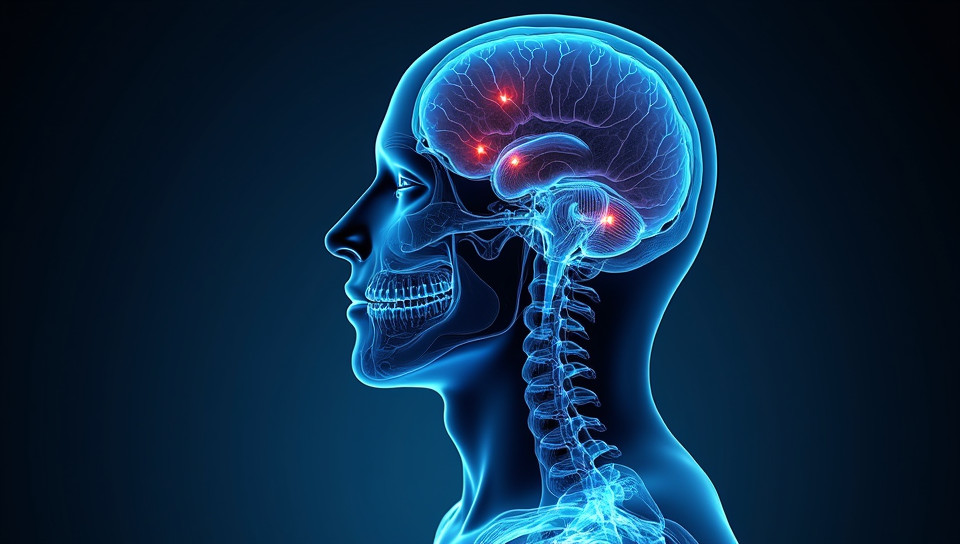Medical imaging relies on bioengineering principles 26%

The Intersection of Medicine and Technology: How Bioengineering Principles Power Medical Imaging
Medical imaging has revolutionized the way doctors diagnose and treat diseases, allowing for non-invasive and precise visualization of the human body. But have you ever wondered what enables these incredible technologies? The answer lies in bioengineering principles, which play a crucial role in developing medical imaging modalities such as MRI, CT scans, and ultrasound.
Understanding Bioengineering Principles in Medical Imaging
Bioengineers apply engineering principles to develop innovative solutions for medical applications. In the context of medical imaging, bioengineers use mathematical models, computational simulations, and experimental techniques to design and optimize imaging systems. These principles are essential in creating high-quality images that enable doctors to make accurate diagnoses.
The Role of Physics in Medical Imaging
Physics is a fundamental component of medical imaging, particularly in modalities like MRI and CT scans. Bioengineers use physical laws, such as Maxwell's equations for electromagnetic fields, to understand how energy interacts with the body. This knowledge enables them to design imaging systems that can penetrate tissues, detect signals, and produce high-resolution images.
- Understanding tissue properties, such as conductivity and density
- Developing algorithms to reconstruct images from raw data
- Designing imaging protocols to optimize image quality and reduce radiation exposure
Bioengineering Applications in Medical Imaging
Bioengineers have developed various medical imaging techniques that rely on bioengineering principles. Some examples include:
Emerging Trends in Medical Imaging
The field of medical imaging is rapidly evolving, with new technologies emerging that leverage bioengineering principles. Some examples include:
- Artificial intelligence (AI) and machine learning algorithms to enhance image analysis and diagnosis
- Nanotechnology-based contrast agents for improved image resolution
- Novel imaging modalities, such as photoacoustic imaging, that offer high-resolution images of tissue structure
Conclusion
In conclusion, medical imaging relies heavily on bioengineering principles, which have transformed the way we diagnose and treat diseases. By understanding the intersection of medicine and technology, doctors, engineers, and researchers can continue to develop innovative solutions for medical imaging. As technology advances, it is likely that new bioengineering applications will emerge, further improving our ability to visualize the human body and detect disease early on.
- Created by: Charles Lopez
- Created at: Feb. 4, 2025, 4:53 p.m.
- ID: 20079
